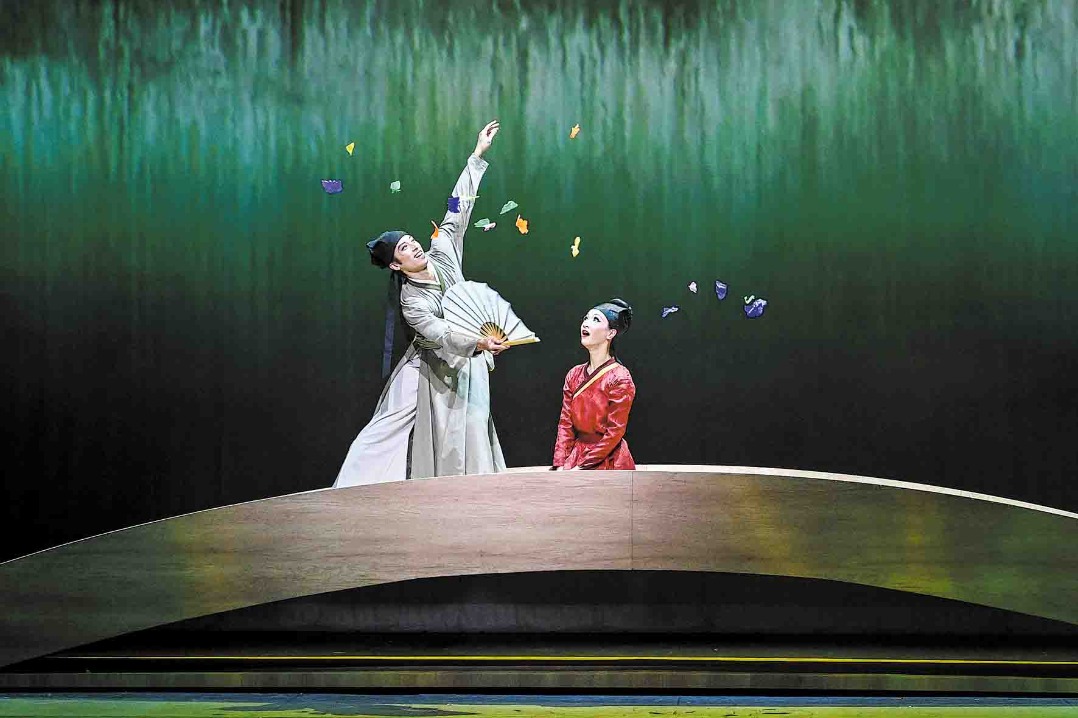Once upon a time in Liyang
Exhibition of scrolls depicting ancient life celebrates Hunan's archaeological wealth, Lin Qi reports.

Long, long ago, there was a city state called Jijiaocheng, "crowing rooster city", so named because it was said to have been built at dawn.
The square city was situated on the fertile Liyang Plain. Its deep moats were connected to an expansive network of waterways, which irrigated vast paddy fields, and provided for the dozens of settlements inside and outside of it.
The rulers of Jijiaocheng encouraged their people to log in the mountains. Massive timbers were transported to the city on the waterways for the construction of a tall complex. Standing in it, the city's rulers would be able to overlook the settlements and paddy fields between the waterways.
During the harvest, rice was brought to the city for processing and storage. Piles of rice husks accumulated in the northwestern area.
This is not the beginning of some bedtime story, but the story of something that actually took place in a Neolithic rice-growing culture around 4,500 years ago.
Millennia later, the once prosperous Jijiaocheng, which is located in modern-day Lixian county, Changde, Hunan province, came to the notice of the modern world, following many years of excavations.
With the help of archaeologists and historians, ink artists painted re-creations of life in Jijiaocheng in the traditional scroll format.
It was part of an ambitious project that took two years for a group of Hunan-based artists to complete, which includes eight scroll paintings, totaling 140 meters in length, that visualize early human activities on the Liyang Plain and the prehistoric culture in Hunan.
The collection of scrolls, Echoing Through the Ages: An Archaeological Scroll of Prehistoric Civilization in Hunan, made its debut in December 2023 at the Hunan Art Museum in Changsha.
It is now on display at the National Museum of China in Beijing, in an ongoing exhibition with the same title that runs through February.
"The painters have used far-reaching lines and expanses of colors to take the audience on a painterly journey to the past, and to engage them in the search for answers to the questions: Who are we, where did we come from, and where will we go?" says Zhu Xunde, artist and former chairman of Hunan Provincial Artists Association.
Each of the scrolls is shown alongside artifacts — stone tools, bone objects, pottery and jade — found at archaeological sites from the different prehistoric periods depicted in the paintings.
The juxtaposition of paintings and artifacts is designed to give visitors a vivid picture of life at the time.
"Hunan is one of the early locations of civilization of China. The Liyang Plain on the northwestern bank of the Dongting Lake nurtured many prehistoric cultures," says Zhang Xingguo, director of the public archaeology center of the Hunan Provincial Institute of Cultural Relics and Archaeology.
Zhang says the plain is like a chessboard of prehistoric sites, and hundreds of them, dated from the Paleolithic to Neolithic ages, have been found so far.
"The exhibition includes firsthand material from these findings, which span a period from about 500,000 to 4,000 years ago," he adds.
Zhang says that among the examples of the earliest objects found at the Jigongdang site, which dates to the Middle Paleolithic, there are two stone tools. One is a ball believed to have been used for hunting and the other, which has a sharpened end, was used to dig up plants and seeds.
Human development in Hunan took a leap forward, as excavation of the Neolithic Pengtoushan site suggests the beginnings of rice domestication.
The exhibition includes objects found at the site — finely trimmed tools and well-shaped pottery — meaning that people were settled.
"The utensils were better polished. The objects became smaller and smaller. This means that humans grew smarter, and their hands became more dexterous," Zhang says.
Fast-forward to 7,000 to 8,000 years ago, another flourishing Neolithic culture known as the Gaomiao created the most attention-stealing artifacts at the exhibition — pottery patterned with intricate, imaginative motifs that embody religious beliefs.
On the upper and exterior surfaces of these pots, cups and plates are patterns which scholars have identified as combining birds, the faces of beasts and the sun.
"People became more sensitive to what was happening in nature. They translated what they had observed in the environment into the objects they used, enriched by their imagination," Zhang says.
"The worship of sun was derived from perceptions of the changes of nature and how these changes, for example, sunrise and sunset, influenced their lives and agriculture. It laid a foundation for developing a calendar."
This trip through time ends with jade pieces from the Sunjiagang site from late Neolithic period, more than 4,000 years ago. More animal motifs appear on them, including eagles, tigers, frogs and cicadas. Meanwhile, pottery from the site have similar shapes and decorative motifs to those found at other sites from the same period along the Yellow River, evidence of exchanges between Hunan and other cultures to the north.
Chen Xingcan, deputy director of the Institute of Archaeology, Chinese Academy of Social Sciences, says the exhibition will improve understanding of the course of prehistoric civilization in Hunan, of Chinese civilization, and will strengthen cultural confidence.


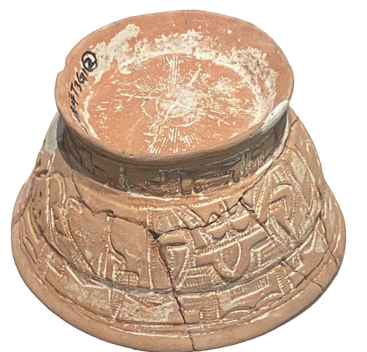
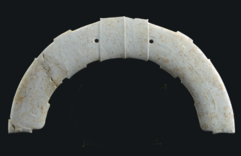
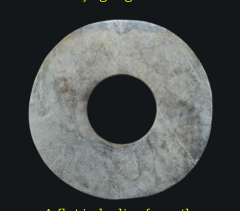
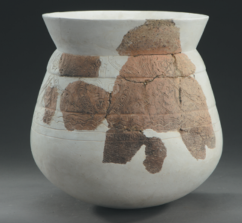
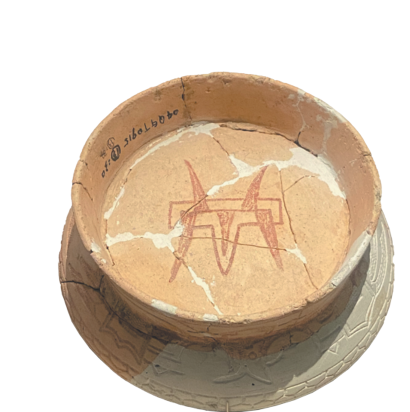
Today's Top News
- Unified national market a new growth launchpad
- US deal a structural challenge for Japan
- Industrial prowess of China a subject of serious study
- US new tariffs 'unfair': Experts
- NDRC recalibrating steps to drive growth, boost demand
- Wartime hero's legacy fortifies Sino-UK bond


















